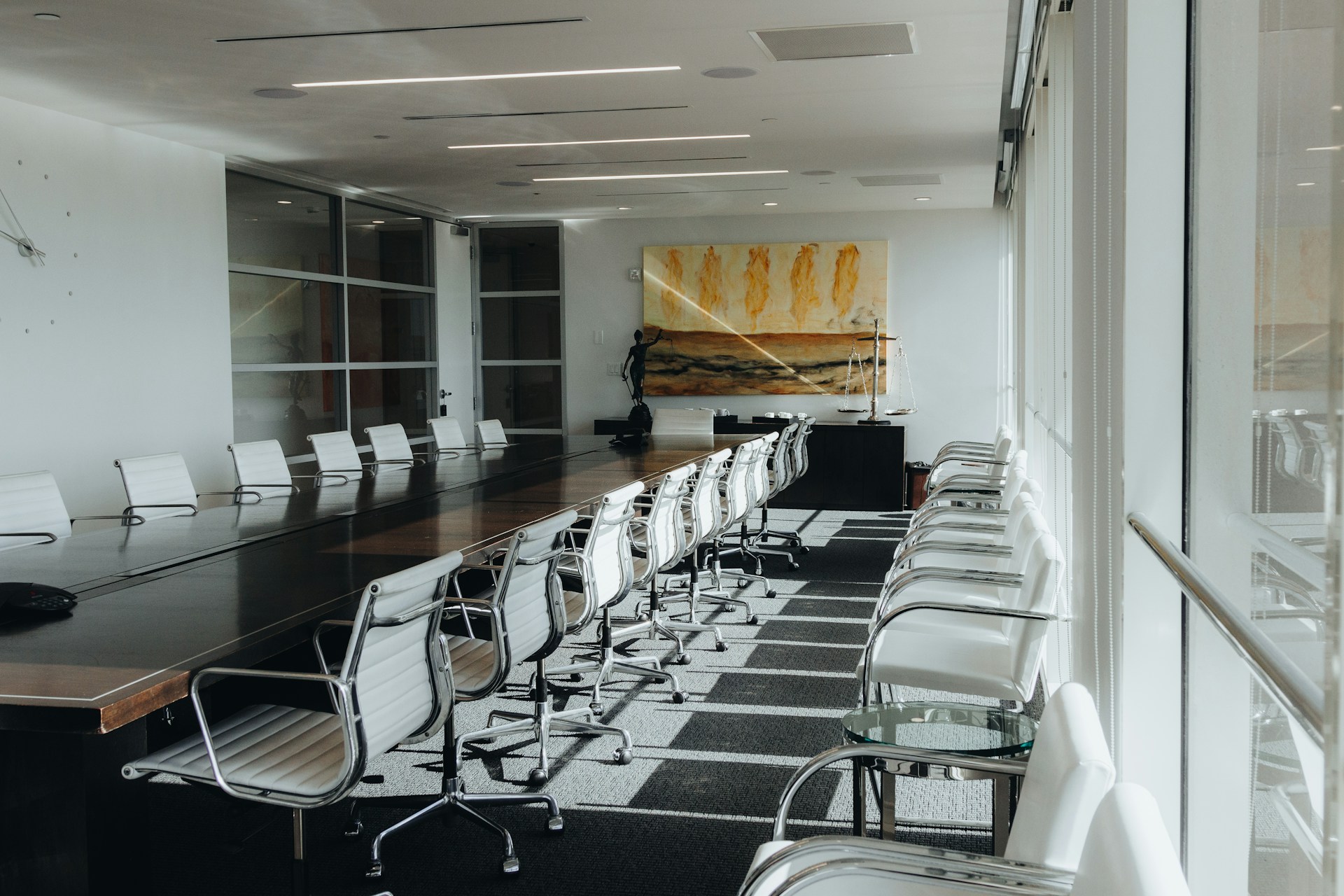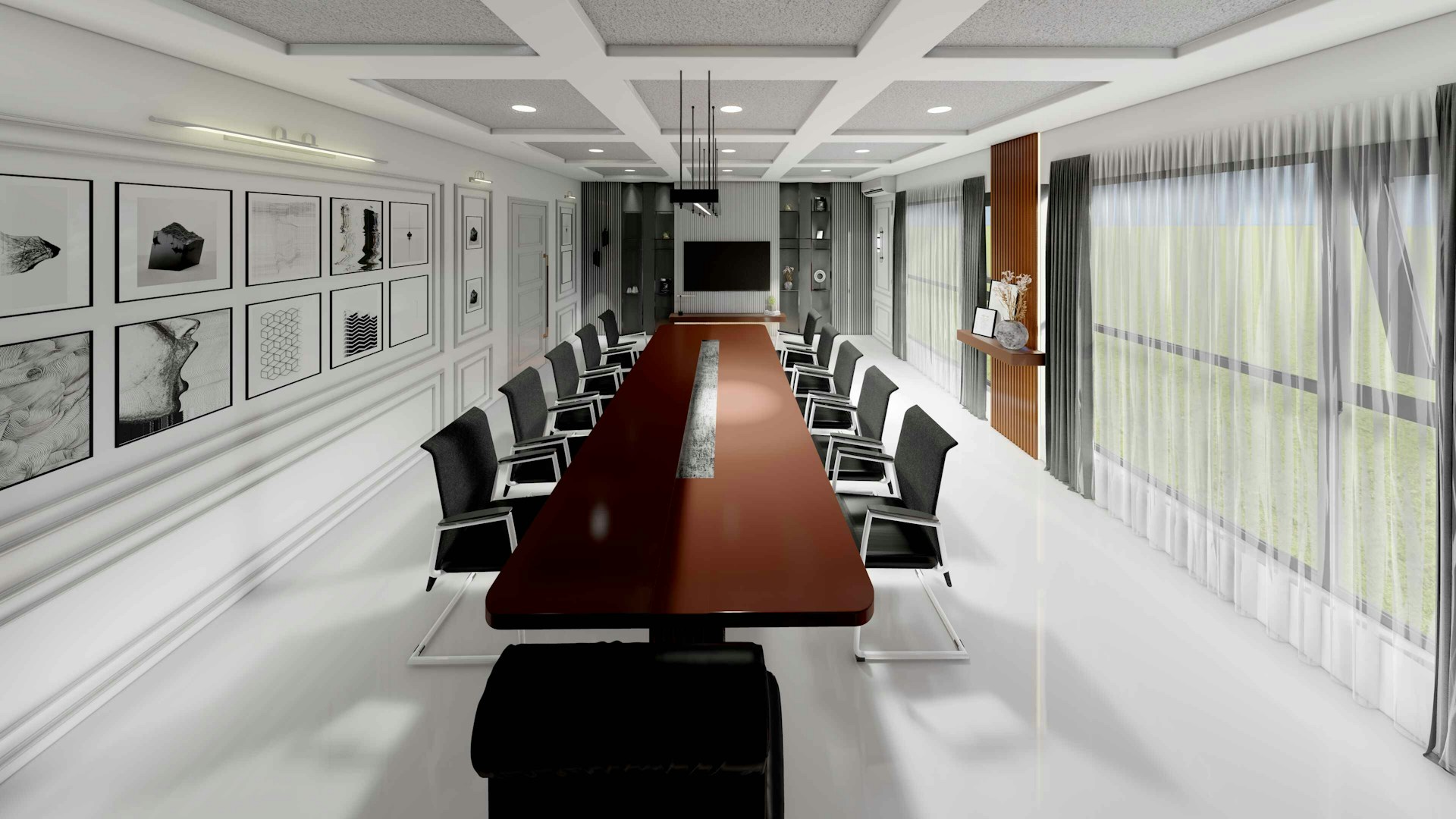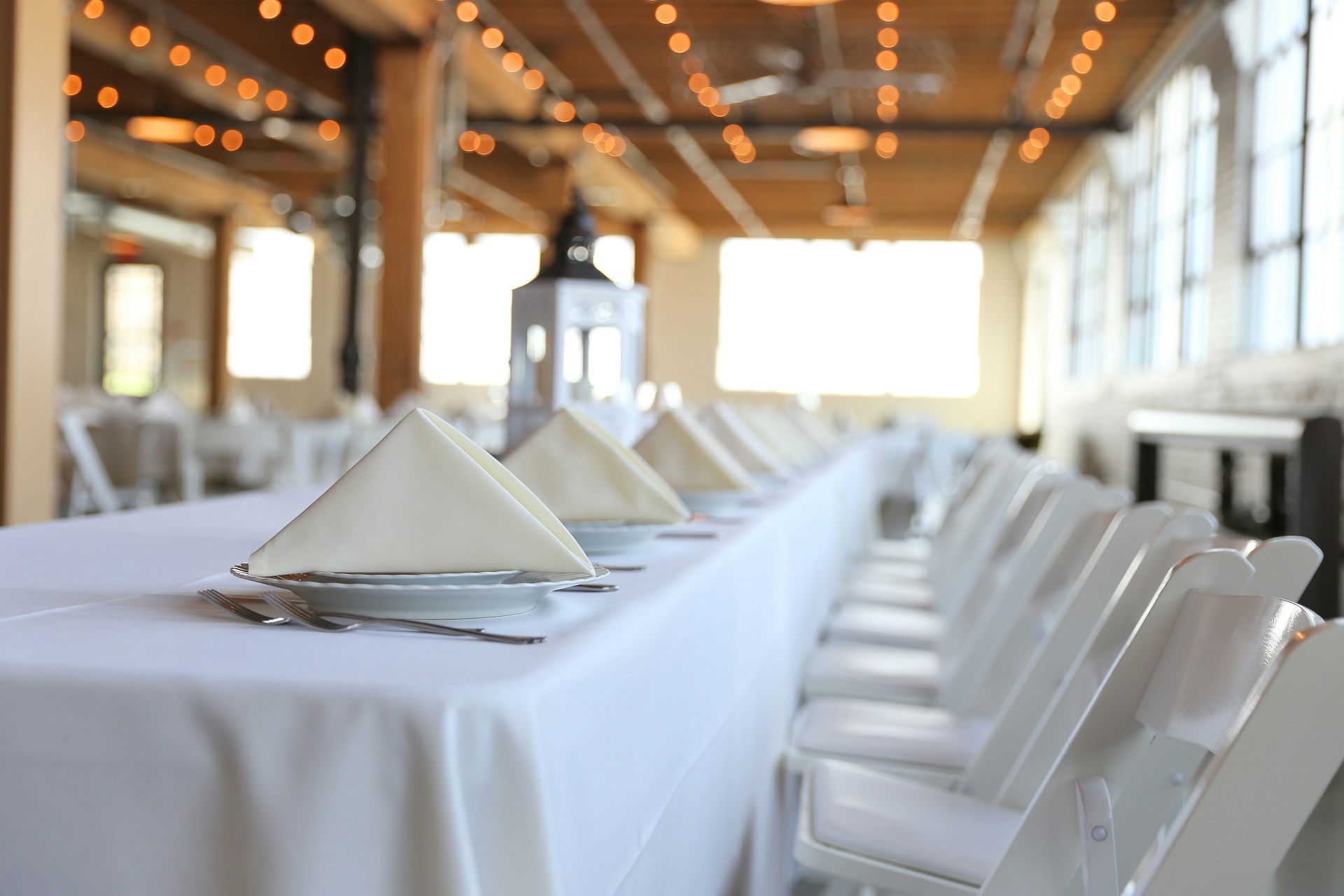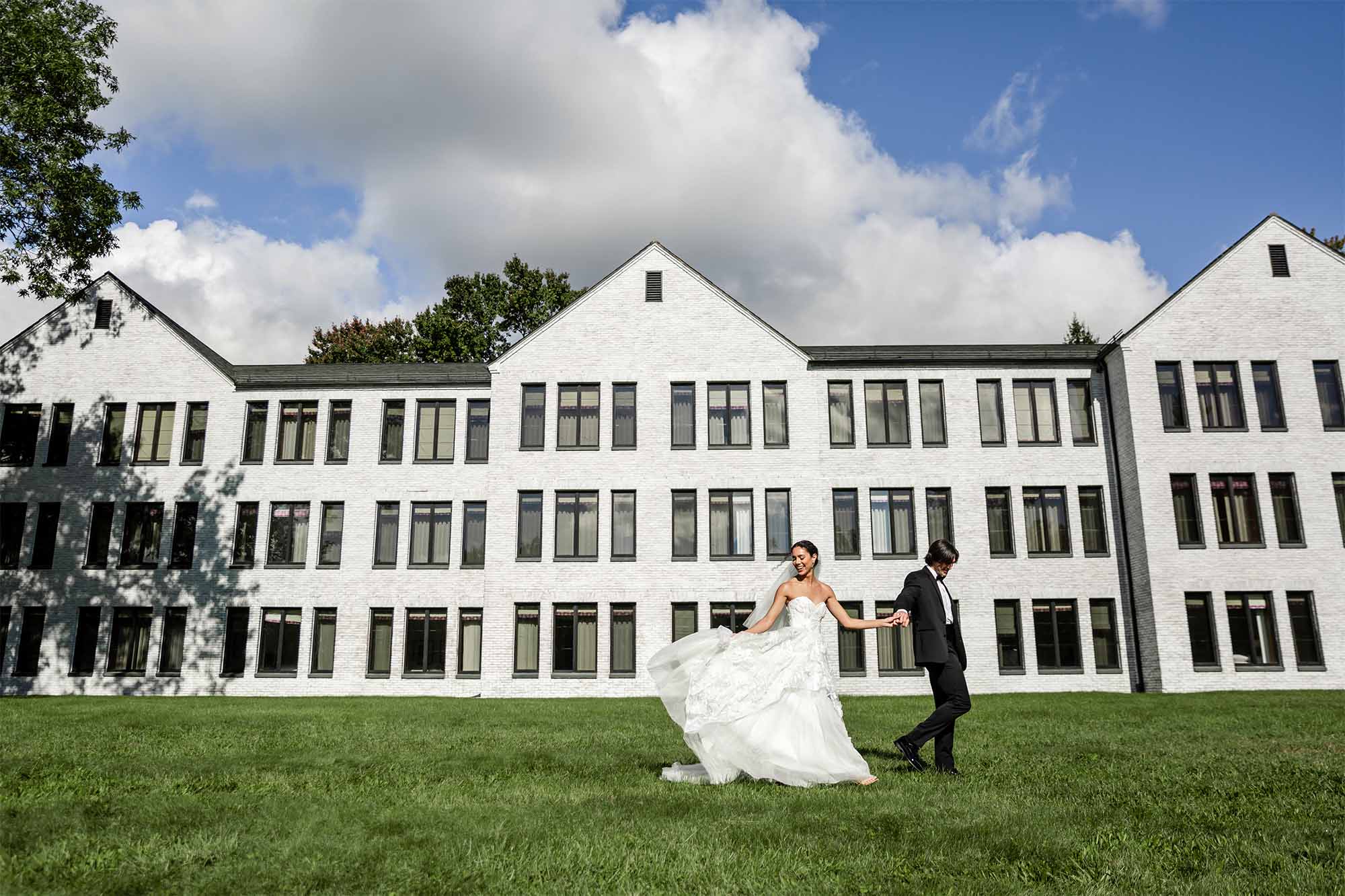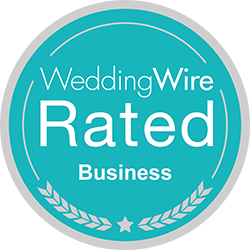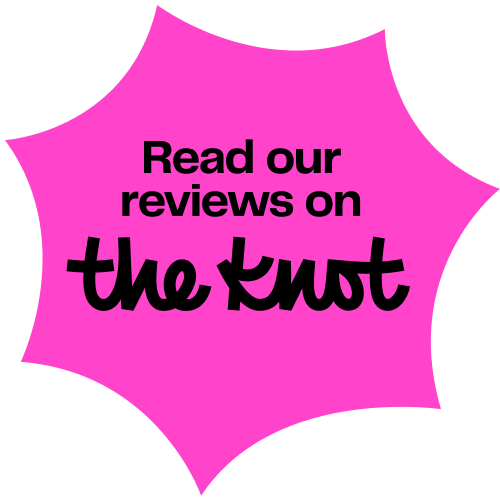A well-planned business meeting can set the tone for an entire quarter, spark new ideas, or close important deals. But before the first word is spoken or slide is shown, the physical setup of the room already sends a message. The layout of a meeting room isn’t just about tables and chairs. It affects communication, focus, and how the group connects with the topic and with each other.
In Norwalk, CT, where a variety of businesses are calling the shots on growth and innovation, having the right meeting room layout matters. Whether the priority is collaboration or presentation, the way a room is arranged can turn a standard session into a productive one. Layout impacts how people engage with the speaker, how information flows, and even how comfortable attendees feel staying focused from start to finish.
Understanding Different Meeting Room Layouts
Choosing the layout for a meeting space starts with understanding what styles are available. Each arrangement serves a different purpose and suits different team sizes and needs. Here’s a breakdown of the most common ones used in corporate settings:
1. Boardroom Style
This layout features one long table with chairs around all sides.
Good for: Small groups, direct conversations, planning sessions.
Not great for: Larger groups or sessions requiring active visuals.
2. U-Shape Layout
Tables are set up in a U format, leaving one end open for a presenter or screen.
Good for: Interactive discussions, training programs, and hybrid meetings.
Not great for: Large audience settings.
3. Classroom Style
Rows of tables and chairs face the front, like a classroom.
Good for: Training sessions, lectures, informational meetings.
Not great for: Group work or collaborative sessions.
4. Theater Style
Chairs are placed in straight or curved rows without tables.
Good for: Large audiences, keynote speakers, or panel discussions.
Not great for: Taking notes or engaging in group dialogue.
Each layout has benefits, but it’s easy to pick the wrong one if you don’t think about who’s attending and how the meeting will run. For example, a theater setup works great for sharing updates with a large team, but it doesn’t encourage much back-and-forth. If you want people to work together or participate more, something like a U-shape or boardroom style feels more natural and keeps everyone in view.
Sometimes, the right layout boils down to creating balance. Clear sightlines, movement space, and just enough structure to guide the session without making it feel rigid can make all the difference.
Choosing the Right Layout for Your Meeting
Once you’re familiar with your options, the next step is choosing what works best for your meeting. What’s the goal? How many people are showing up? Will people need access to a screen to follow a presentation, or is the goal to bounce ideas around face-to-face?
Here are a few quick tips for finding the right fit:
– Use classroom-style or theater-style when your audience is listening more than interacting
– Go for boardroom style when your agenda is built around decisions and opinions
– Choose a U-shape layout when you need a mix of presenting and participation
– Keep participant count in mind as not all rooms fit every layout well
– Think about the tech. Make sure the layout supports any needed screens, speakers, or cameras
If your meeting has a more casual aim, like a team update or check-in, a less formal setup could help the conversation flow. But if you’re presenting a high-stakes plan or bringing in key clients, a setup that directs attention to the speaker without distraction might make more sense.
One team in Norwalk ran two planning sessions one week apart. The first used a basic classroom layout, but people said it felt static and low-energy. The second time, they chose a U-shape setup. Everyone could see each other clearly. The tone changed. More people spoke up, ideas moved faster, and the whole room felt more involved.
Small layout changes like that can shape how people engage, especially when you’re trying to spark creativity or move decisions forward.
Practical Layout Tips and Tricks
After locking in a layout type, you’ll want to set things up in a way that supports smooth movement and clear communication. Whether it’s a presentation, a group brainstorm, or a training session, these practical tips can go a long way:
– Space chairs evenly to avoid crowding
– Leave wide paths between tables or chairs so attendees can move freely
– Place screens, whiteboards, or presentation materials where they’re easy to see from all angles
– Keep entryways and exits clear to prevent interruptions
– Set refreshments off to the side so they’re accessible without pulling focus
Pay attention to how technology fits into the room. Projectors, screens, and video conferencing gear should be placed where everyone gets a clear view. Audio equipment needs to be evenly placed throughout the space, especially in bigger rooms. Run quick sound tests before the session starts to avoid technical issues.
Lighting also plays a role. Natural light is great, but too much of it on a screen causes glare. Close shades or dim overheads if it’s making the screen hard to see. Avoid lighting that causes harsh shadows on people’s faces or reflects off surfaces.
Comfort can make or break a meeting. Don’t overlook things like seating quality or indoor temperature. A room that’s too cold or warm will distract attendees. Pick chairs that support longer sessions without discomfort. Make small adjustments that keep focus on the purpose of the meeting, not the environment.
Little extras like having power outlets within reach, a few rolling whiteboards, or even soft dividers between zones can give you added control without piling on clutter.
How LaKota Oaks Can Help You Optimize Your Meeting Space
When it comes to corporate gatherings in Norwalk, getting the setup right from the start makes everything easier. At LaKota Oaks, we help you match layout to purpose. If you’re hosting a workshop, a motivational keynote, or team-building retreat, our spaces offer layout flexibility tailored to the tone and flow you want.
We offer customizable room arrangements to support whatever goals your meeting aims to hit. Our team works with you on everything, from gear placement to room flow. Need to shift screen angles before a video call? Want to flip furniture for afternoon breakouts? We’re here to help adjust things quickly so the momentum never slips.
It’s not just about giving you a room. It’s about helping create the right environment for connection and results. Your success is our focus, and we’re set up to support that from start to finish.
Designing a Smarter Meeting Room Experience in Norwalk
Planning a successful business meeting goes beyond picking a day and sending invites. How the space is set up can shape the whole experience. From the way people talk to the way ideas flow, layout affects everything.
The right layout turns passive listeners into active contributors. It lets teams see each other better, helps information hit home, and keeps focus where it needs to be. Whether your meeting’s designed to share plans, make big decisions, or break into fresh ideas, giving attention to room design brings it all together.
In a city like Norwalk where business meets charm, where growth and community go hand-in-hand, your meeting space should reflect that spirit. Whether you’re planning a quick session or a full-day event, having the right tools and layout in place helps bring out your best work. LaKota Oaks is ready to support that every step of the way.
Wrap up your successful meeting planning with a visit to LaKota Oaks in Norwalk. Explore our flexible and well-equipped corporate event space to ensure your next business gathering is both productive and seamless. Whether you’re hosting a team meeting or a conference, our spaces are ready to adapt to your needs. Contact us today to see how we can help set the perfect stage for your goals.


